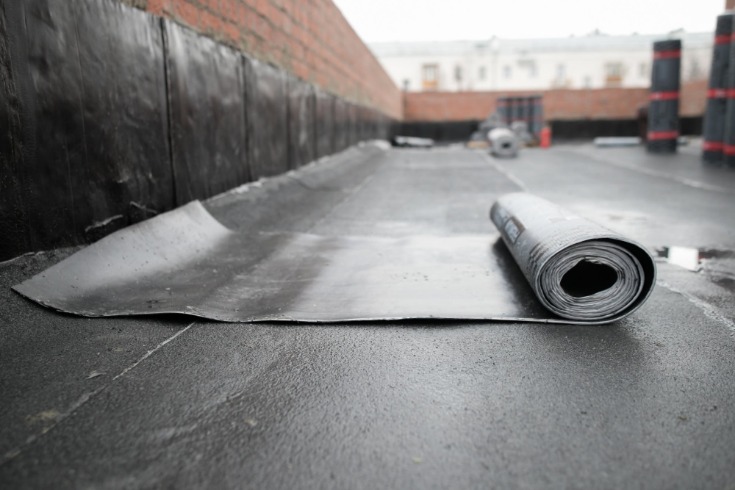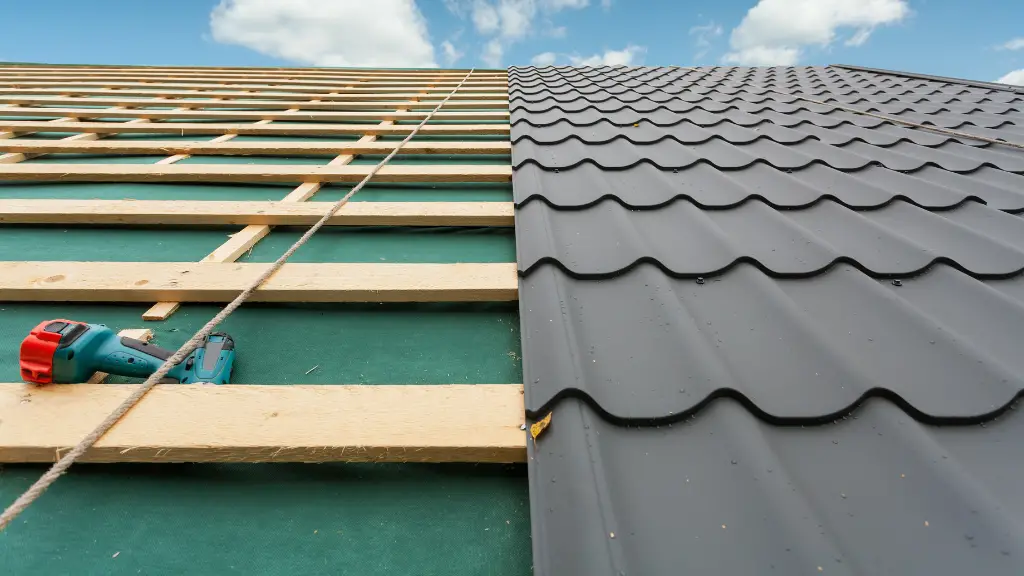Exploring the Diverse World of Roofing Solutions
The integrity of a building starts at the top. A well-maintained roof offers both aesthetic value and essential protection. Various roofing systems are suited to different needs, climates, and personal preferences. This article delves into some popular roofing types, making your next roof choice a more informed one.
Common Roof Types and Their Benefits
Composite Asphalt Shingles
One of the most widely used roofing materials in residential projects, composite asphalt shingles are valued for their affordability and versatility. They are available in a range of colors and styles, allowing homeowners to achieve the desired look without compromising durability.
Flat Roofing Options
- Torch Down Flat Roof: Known for its strength and waterproof qualities, this type of roof involves applying layers of modified bitumen using a torch. It’s suitable for slightly pitched roofs and is resistant to UV rays.
- TPO Flat Roof: Thermoplastic Olefin (TPO) roofing is appreciated for its energy-efficient properties. This single-ply membrane reflects heat, thus reducing cooling costs and enhancing comfort levels indoors.
Traditional and Modern Choices
The timeless appeal of a clay tile roof doesn’t just lie in its aesthetics: these tiles are incredibly durable, fire-resistant, and environmentally friendly. On the other hand, a metal roof provides a sleek look with outstanding longevity, often lasting over 50 years with minimal maintenance.
Roof Maintenance and Problems
A well-maintained roof can save homeowners from frequent costly repairs. It’s vital to address roof leak issues promptly to prevent damage to the underlying structure.
Essential Roof Maintenance Tips
- Regular inspections for visible damages.
- Cleaning and maintaining gutters to prevent water accumulation and structural damage.
- Timely roof repair to avoid exacerbating minor issues.
FAQs on Roofing
Q: How often should a roof be replaced?
A: The lifespan of a roof depends on the material used. Composite asphalt shingles typically last 15-30 years, while materials like metal or clay can last over 50 years.
Q: What is the best way to prevent roof leaks?
A: Regular maintenance, such as clearing gutters and inspecting the roof for damage, is crucial. Address any signs of wear or damage promptly to prevent leaks.
Choosing the right roof replacement solution involves understanding the unique benefits and longevity of each material. Whether you’re dealing with a roof leak or considering a new roof installation, consulting with a professional can ensure you select the best option for your needs.




Leave a Reply